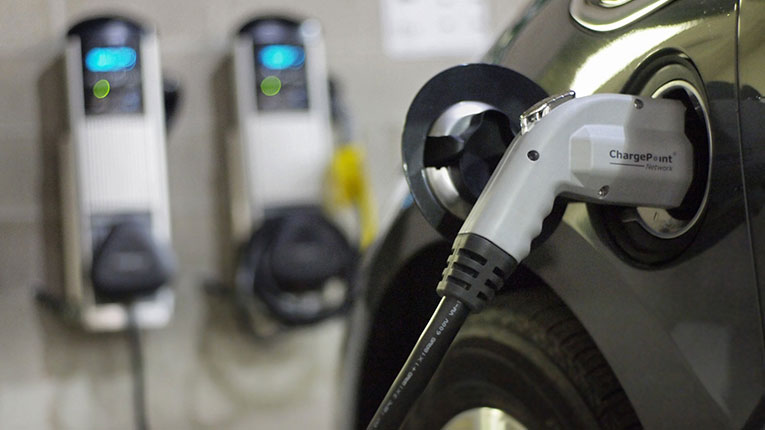Romania must install, by 2026, according to a milestone in the National Recovery and Resilience Plan (PNRR) 30,000 charging stations for electric cars, and the base from which PNRR started was 2,000 such stations, said on Friday, Robert Dobre, director in the Ministry of Transport and Infrastructure.
“When the PNRR appeared, we were very happy because we were talking, at least for transport, of 7.62 billion euros, a substantial amount was dedicated to this sector, but behind came these reforms, targets and milestones… We have a milestone in the PNRR called 64, that of reaching 30,000 electrical stations by 2026. The base line from which PNRR started is for 2,000 units and the question arises: can we reach this target by 2026? And it is a target, the funding depends on it. Payment requests for the PNRR depend on the fulfillment of the targets and milestones. And at the Ministry of Transport, the need that we must fulfill it is somewhere around 2,800 electrical stations,” said Robert Dobre, quoted by Agerpres.
He emphasized that 150 charging points must be installed on the A7 Highway alone and that, in addition to having to install 2,800 stations, MTI also manages the financing.
“Only on the A7 highway, between Ploiesti and Paşcani, we are talking about over 150 charging points, about 50 or so electrical stations in both directions,” said the MTI director.
According to him, the Ministry of Transport is looking for and has identified financing schemes for private operators, “even if we are also talking about a state aid scheme at a given moment”.
“It’s been done, we’ve already done it, we’ve financed the construction and location of electrical stations on national roads and highways through the so-called Connecting Europe Facility mechanism, which continues and goes into the green and digital area much like financing, but we we are also looking with great interest at the Modernization Fund,” said Dobre, who is responsible for implementing the PNRR at MTI.
He added that this “intervention” cannot be done only by the Ministry of Transport, but also by the Ministry of Energy, the Ministry of the Environment and all UATs.
